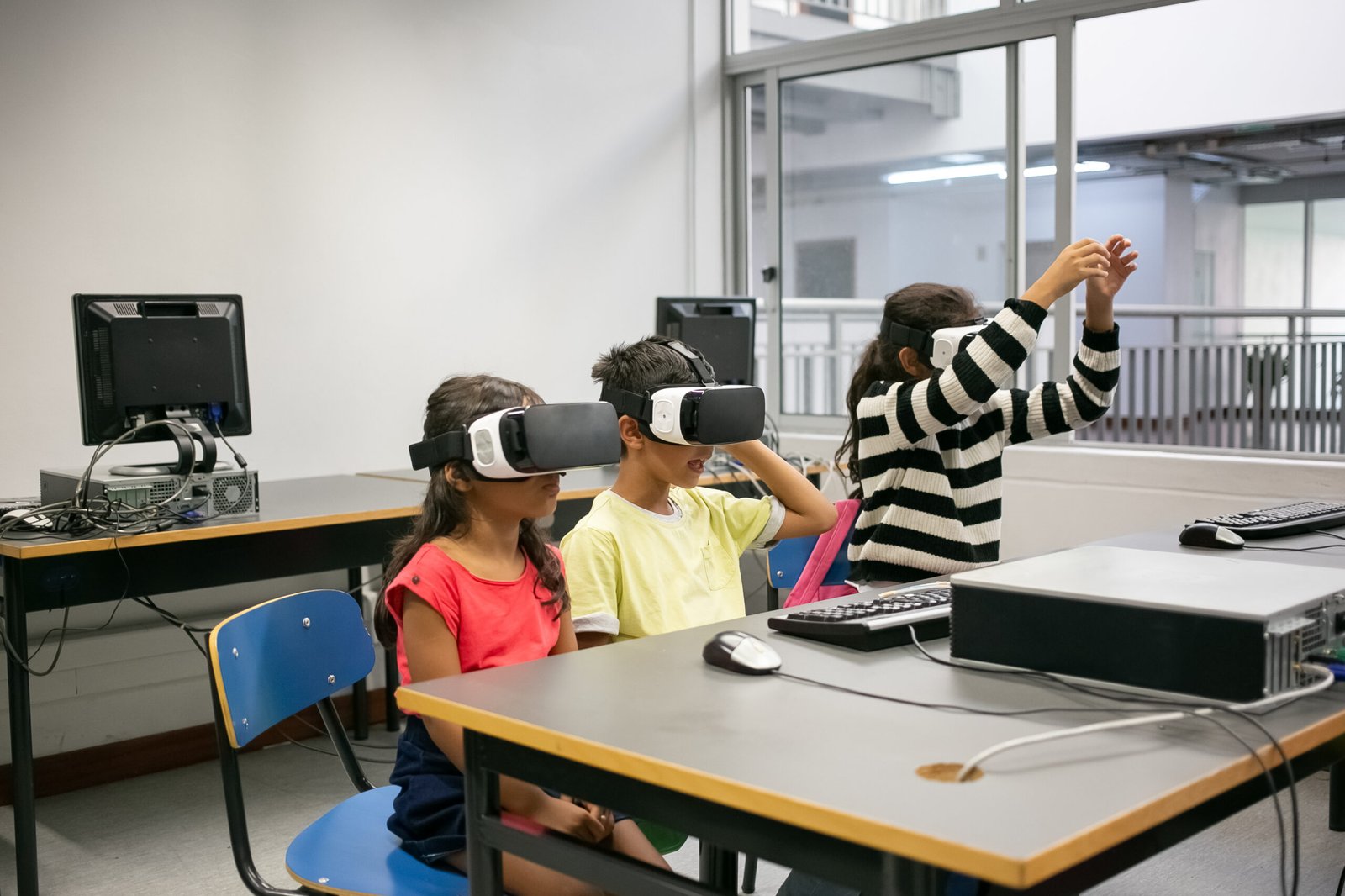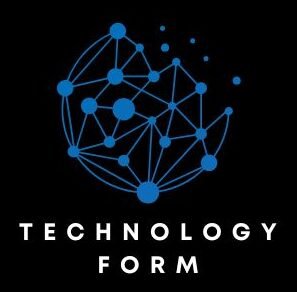
Introduction
Educational technology has revolutionized the way we learn and teach, offering vast potential to enhance the learning experience. The integration of digital tools, online resources, and interactive platforms into education has transformed classrooms, making them more engaging and effective. From students in K-12 to adults in lifelong learning programs, technology has become an essential component of education. Here are five key reasons why educational technology is so important.
1. Enhances Learning Experience
One of the most significant benefits of educational technology is its ability to enhance the learning experience. Interactive tools such as digital simulations, virtual reality (VR), and augmented reality (AR) allow students to engage with course material in an immersive way. For example, students studying history can virtually visit ancient civilizations, or biology students can explore the human body in 3D.
Educational apps, multimedia presentations, and digital games also make learning more interactive and enjoyable. These tools allow for visual and hands-on learning, catering to different learning styles, whether a student is a visual, auditory, or kinesthetic learner. By offering a more engaging learning environment, technology helps to make difficult concepts easier to understand and more enjoyable to study.
2. Facilitates Personalized Learning
One-size-fits-all teaching methods are no longer effective in today’s diverse classrooms. Every student learns at their own pace, and educational technology helps address this challenge by enabling personalized learning. Through adaptive learning software, students can receive lessons tailored to their individual needs, strengths, and weaknesses. These platforms adjust the difficulty of the content based on a student’s progress, ensuring they don’t feel overwhelmed or bored.
Furthermore, technology allows for self-paced learning, giving students the flexibility to learn at their own speed. This is particularly beneficial for students who need more time to grasp a subject, as well as those who are ready to advance beyond the standard curriculum. Personalized learning also fosters greater independence and confidence, as students take control of their educational journey.
3. Expands Access to Education
Technology has broken down many barriers that previously hindered access to education. Through online courses, virtual classrooms, and educational platforms, students from all over the world can now access high-quality education, regardless of their location or socioeconomic background.
For instance, Massive Open Online Courses (MOOCs) like Coursera, edX, and Khan Academy offer free or low-cost courses on a wide range of topics. This has opened up opportunities for individuals who may not have had access to traditional education due to geographic or financial constraints. Additionally, students with disabilities can benefit from assistive technologies, such as screen readers and voice recognition software, which help them navigate learning materials more easily.

4. Prepares Students for the Future
In an increasingly digital world, students need to be equipped with the skills to navigate and thrive in a technology-driven society. Educational technology helps students develop critical skills such as digital literacy, problem-solving, collaboration, and creativity. These skills are essential for success in the modern workforce, where most jobs require some level of technological competence.
By using tools like coding platforms, educational apps, and collaborative software, students learn how to use technology effectively, whether it’s for creating digital projects, conducting research, or working in teams. Additionally, incorporating technology into education helps students develop a growth mindset, as they learn to adapt to new tools and technologies throughout their academic careers.
5. Improves Communication and Collaboration
Technology fosters better communication and collaboration between students, teachers, and parents. Online platforms such as Google Classroom, Microsoft Teams, and Zoom enable teachers to communicate with students in real-time, share resources, and provide feedback more efficiently. This allows for greater collaboration, even outside the classroom.
For students, digital tools make it easier to collaborate on group projects. They can share documents, exchange ideas, and work together regardless of their physical location. Communication tools like discussion boards, chat rooms, and forums also encourage students to interact and learn from one another, promoting a sense of community and teamwork.
Moreover, educational technology enables better communication between schools and parents. Through parent portals and apps, parents can monitor their child’s progress, attend virtual parent-teacher meetings, and stay informed about school events and assignments.
Conclusion
Educational technology has fundamentally transformed the learning experience, offering numerous benefits that make it an essential part of modern education. From enhancing learning experiences to expanding access and fostering collaboration, technology plays a vital role in shaping the future of education. As technology continues to evolve, its impact on education will only grow, further empowering students, teachers, and communities around the world.
